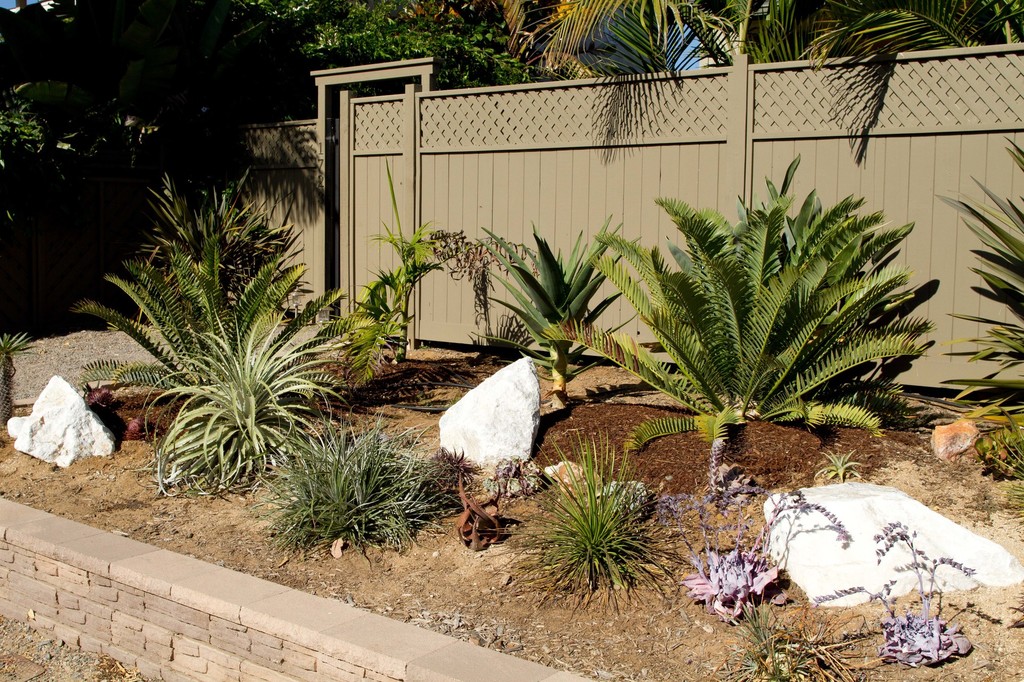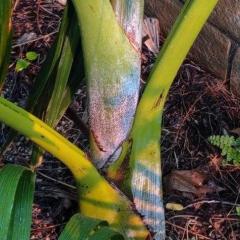Leaderboard
Popular Content
Showing content with the highest reputation on 11/23/2021 in all areas
-
7 points
-
4 points
-
Hi Will, I believe some palm seeds prefer not to "cook." I don't have any experience with Ceroxylon or Rhapidophyllum but Jubaea seem to respond better with fluctuations in temperatures. I planted one Jubaea seed in my front flower bed about this time of year and it sprouted in March when it started to warm up good. I've also had success germinating Butia odorata seeds after putting them in the refrigerator for a few weeks. Howea forsteriana and Trachycarpus fortunei seem to germinate better at room temperature as well. Jon4 points
-
4 points
-
3 points
-
Interesting form Konstantinos! Looks as if it were crossed with a Coccothrinax!3 points
-
3 points
-
If they are hybridised, they are still incredibly Robusta dominant. Bear in mind that a lot of these haven't lost their leaf boots yet or been shaved down. It will become more apparent how Robusta they are in the coming years as the trunks really start to elongate. The 40 foot Earls Court one is definitely pure Robusta or like 95% going by some of the trunk photos. I mean its trunk is rail thin and curves at an angle. I think the others will look thinner trunked too as they keep going upwards in the coming years and lose their lower leaf boots, but I guess we'll see. I may be wrong. What is generally the minimum zonal requirement for Robusta? like 9a? Maybe 9b in a cool-wet winter climate? London isn't exactly ideal for Robusta's or washies in general, but they aren't doing too bad there at 51N. Any idea what the cut off point for Robusta's is on the west coast of the USA? Like the north Oregon coast? Southern Washington? I assume Robusta's will grow at Gold Beach, Oregon at lat 42N? Are there many Robusta pictures from Gold Beach? That is technically 9b I think, so central London is surely at least 9b as well by that merit. Although It's hard to make an argument for a 10a zone in London when you overlap the European and North American continents at the same latitude.3 points
-
I had hundreds of Kentia seeds drop from a tall palm in my backyard, and literally got hundreds of seedlings growing. I ended up potting them and selling them in 8 inch pots.3 points
-
I guess it just depends on what type of palm you are trying to grow directly in the ground combined with your climate, soil type, moisture level, time of year, local critters that may like the seeds or seedlings and I’m sure a whole lot more factors. For example, Dypsis lutescens grow just fine here by throwing them on the ground even with the fruit still on the seed as long there is enough moisture available. So far, none of the local wildlife likes the sprouted seedlings. The squirrels do like the eat the fruit off the seeds though.3 points
-
3 points
-
3 points
-
3 points
-
2 points
-
I think licualas like small temp dips. I move them off the heat mat overnight. I read this in the instructions I followed and they take a long time but I've had a lot germinate. My D. onihalenses were 80's to 90's with no dips. I only got about 20%. I'm thinking they might have been too hot. I also read about Trachycarpus takil needing to be temporized with cold but I had no luck with those after a trip to the fridge (After I had already exposed them to other methods--I think they were old,).2 points
-
I got 100% germination rate on D baronii black petiole at room temperature. I’ve got a batch of D onilahensis still popping now, already up to about 75% after 3 months but I’ve got these places over a central heating duct indoors so temps probably fluctuate from room to low 30s C (80s F) for the D onilahensis.2 points
-
Not answering your query but I imagine there are. If you are interested in meeting with another palm enthusiast in Cairns I am one. Live in Whitfield and have a mini nursery in the backyard. Hundreds of Lipsticks! 0438593483 is my number. Send me a text if you feel inclined. Came across a previous post of yours referring to your Pseudophoenix sargentii that you left behind before coming to Cairns. Not sure but I think I have some growing. You might be able to help verifying their identity!2 points
-
Tim, I'd hate to accuse anyone of plagiarism, but I believe this photo was lifted directly from Sunset Magazine's new coffee table book, The 50 Most Beautiful Gardens of the World.2 points
-
From the photos you provided and description, it just sounds like Potassium deficiency. I get it on all my Coconut Palms here, both in the ground and ones in pots too, to varying degrees, based on variety, size, overall healthy of the palm, etc. Some get it worse than others. Prolonged warm weather, usually cures it, but as we are heading into winter, it will continue to varying degrees throughout the winter. Severe cases of it can kill palms, but it is not contagious, so one palm WILL NOT give it to another palm. It is a nutritional deficiency brought on by chilly/cold weather, and NOT a disease, even though it may initially appear as a disease, as multiple Coconut Palms and other susceptible palms can have the condition at the same time, giving the appearance that it is a rapidly spreading disease, when it is not. I assure you, it is strictly a condition in the palms brought on by extended cool/chilly weather. Some varieties can develop it after just one or two nights of cool to chilly weather, while other varieties won't even be affected at all at the same time! To cure it (affected leaves will remain ugly and not recover, but as long as they have green on them, don't cut them off, as palms need as much green foliage as possible to produce photosynthesis), and to prevent it from occurring in the first place, or from recurring later on, use Liquid Seaweed according to the directions as a foliar spray, and use MicroLife Ocean Harvest 4-2-3 as a foliar spray several times throughout the late fall and winter, and even into the early spring, then a couple of times throughout the rest of the year, to help with palm health. John2 points
-
2 points
-
I've sprouted Chamaedorea, Arenga, and Phoenix species this way. If the seeds are fresh and your soil is good, it'll work. It's best to use a shady spot that doesn't completely dry out. What blows my mind is, I had Chamaedorea microspadix and radicalis, Arenga engleri, and Phoenix acaulis seeds in the ground during the terrible Texas winter freeze which subsequently sprouted this spring and summer!2 points
-
2 points
-
2 points
-
2 points
-
I would think this would give you a better chance at survival. I've heard Washingtonia grow like weeds so I don't think you'd loose anything trying. Butia in the other hand are a bit more difficult and temperamental. Here's an interesting article I just read regarding endocarp removal versus not with Butia...you can click donwload pdf and read it without being grayed over. https://journals.ashs.org/horttech/view/journals/horttech/8/4/article-p586.xml2 points
-
2 points
-
2 points
-
2 points
-
2 points
-
Thanks everyone for the comments, I was grateful to be able to share this incredible palm from the garden. Here are a few more photos. My neighbor Jason social distancing. The same palm back in October 2008 right after planting. For folks with palms this size.....keep the faith. A real blast from the past, The day I acquired the palm from Bo, along with a truckload of other stuff. BTW, we look exactly the same today! Tim2 points
-
2 points
-
1 point
-
Thanks! It had this silver blue when planted from a 3 gallon (grown from seed collected locally) in a field in Central Florida some 15 years ago. It had since grown for at least the last 10 with little care....no fertilizer, no extra water, no tending to weeds around the base, no pesticides. Was looking to buy a couple mature Butia when I recalled planting these and as luck would have it the current landowner let me come and dig them for free!1 point
-
Replacements are already in place so to speak. So you can actually see the Chambeyronia hookeri leaf which is to the west of the Foxy Lady. I planted a 1 gallon Cyphophoenix elgans to the east of it about 3-4 years ago, so its just starting to gain some momentum. The sad thing is that it gave some nice height contrast to the cycads in the area, being much taller. It will take a while for the Cyphoenix and Chambeyronia to really completely rise above the cycads, particularly the Encephalartos laurentianus. You can see the two "replacements" on either side of the Foxy Lady trunk in photos below.1 point
-
HAHA, yes. Last year they got 5 and this year there was 4 in stock. They only get one shipment a year. There's nurseries around here that get them too, but Lowes is the cheapest. They don't honor warranties because its a "tropical".1 point
-
1 point
-
1 point
-
I use fertilome root stimulator for new plantings, then after about 3-4 months proper granular fertilizer. The liquid root stimulator will help reduce transplant shock and encourage root development.1 point
-
1 point
-
1 point
-
1 point
-
There's one like that near me, it looks like it was planted at an angle. But then from there it turned and grew straight up. So instead of having a nice graceful curve, it looks more like one of those straws with the bendy necks. I need to get a pic of it someday.1 point
-
"It seems like they just need so much heat though." I would say they are not high heat palms if you mean this in terms of warmth needed for active new growth (compared to say, Sabals, which DO have a high heat requirement). I have read they are hardy to 8b (with a minimum of 15-20F, but I do not let mine get exposed to anything lower than about 28 F. Rhapis humilis is supposed to be cold hardier. It does have a distinctly different look as well. I have seen Rhapis excelsa in South Florida, it's an incredibly DENSE growing palm eventually (I don't know which other palm in comparable)., Even at the ground level, it forms an impenetrable screening effect. That may aid in its cold tolerance as I suspect temps within the cluster are going to be milder than the ambient air temperatures.1 point
-
1 point
-
1 point
-
Sadly, this trip is a month too soon https://parks.des.qld.gov.au/parks/cape-melville/camping1 point
-
Watered a couple times a week in warm weather, less in cooler. Important note; don't merely "wet" your plants, get 'em completely saturated till the water runs off.1 point
-
1 point
-
hey josh i was wondering where you got that butia compacta. i got a huge one from bill in fallbrook a couple of years back and it looked so compact and awesome. then when i planted it, it started growing out like a normal butia. now it looks just like a normal butia. maybe the compactness has something to do with it grown in a pot for so long. just wondering. i know bill has one in the front of the house at his nursery and it looks crazy! it is holding like 30-40 leaves and its like a solid umbrella. well i am hoping that if i just stop trimming mine, it will at least look like the one bill has in his front yard because it is awesome!!!! here is a pic of the one in his front yard from long ago and a pic of mine when i first bought it one from him. it was in a 30 gallon pot. also a pic of it first planted and how it looks today, 5 years later. just sharing my experience. btw ... your garden looks insane!!! hope one day i could see it in real life!!! tin1 point

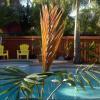

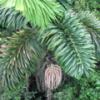
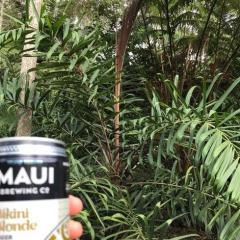
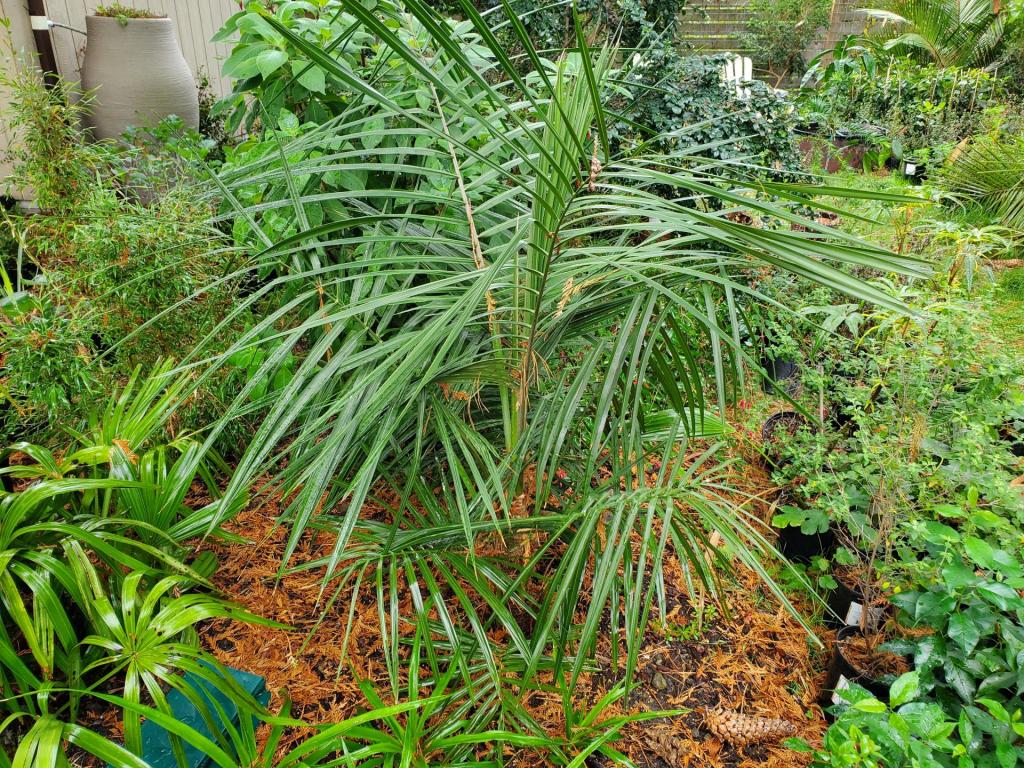
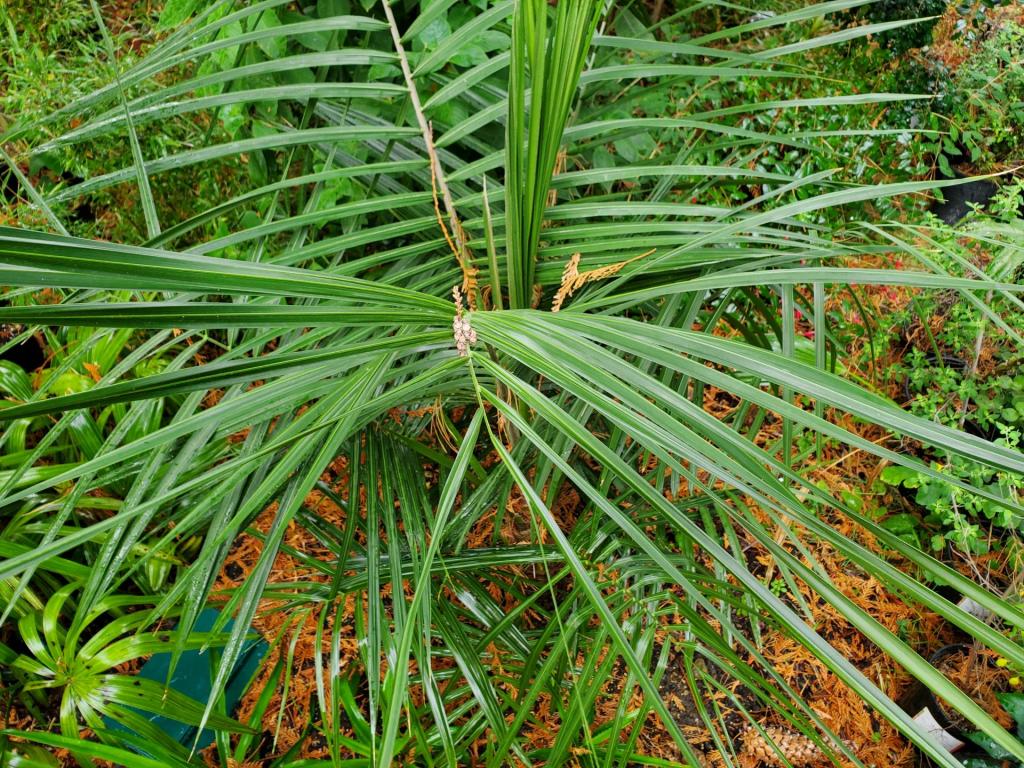
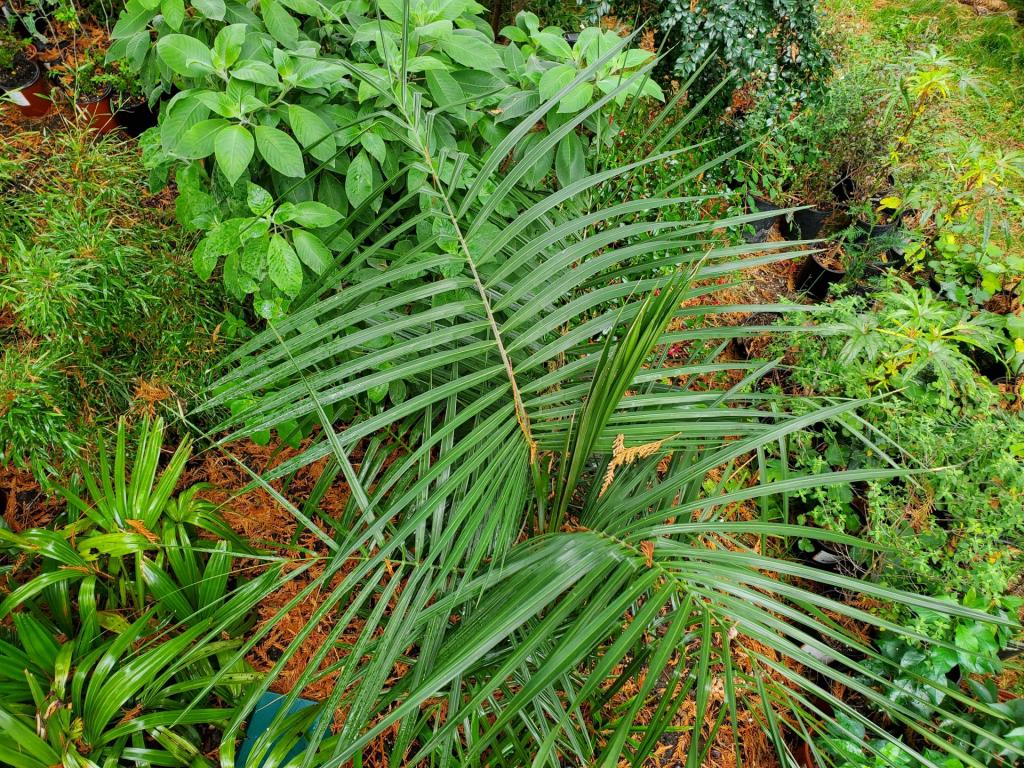
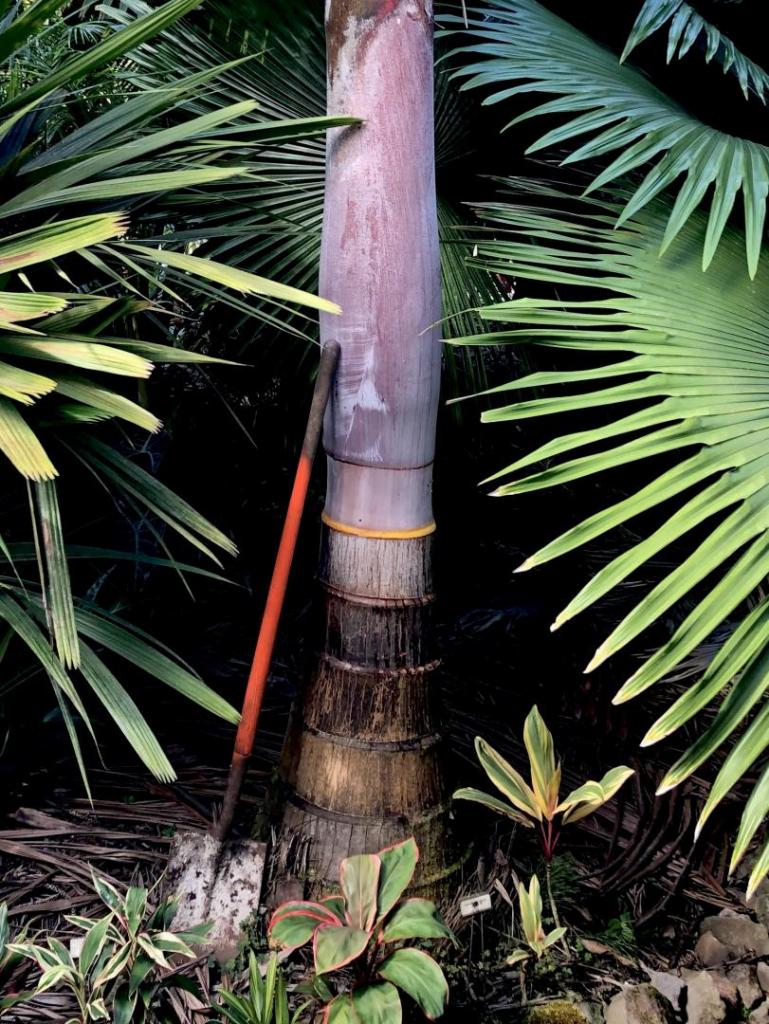
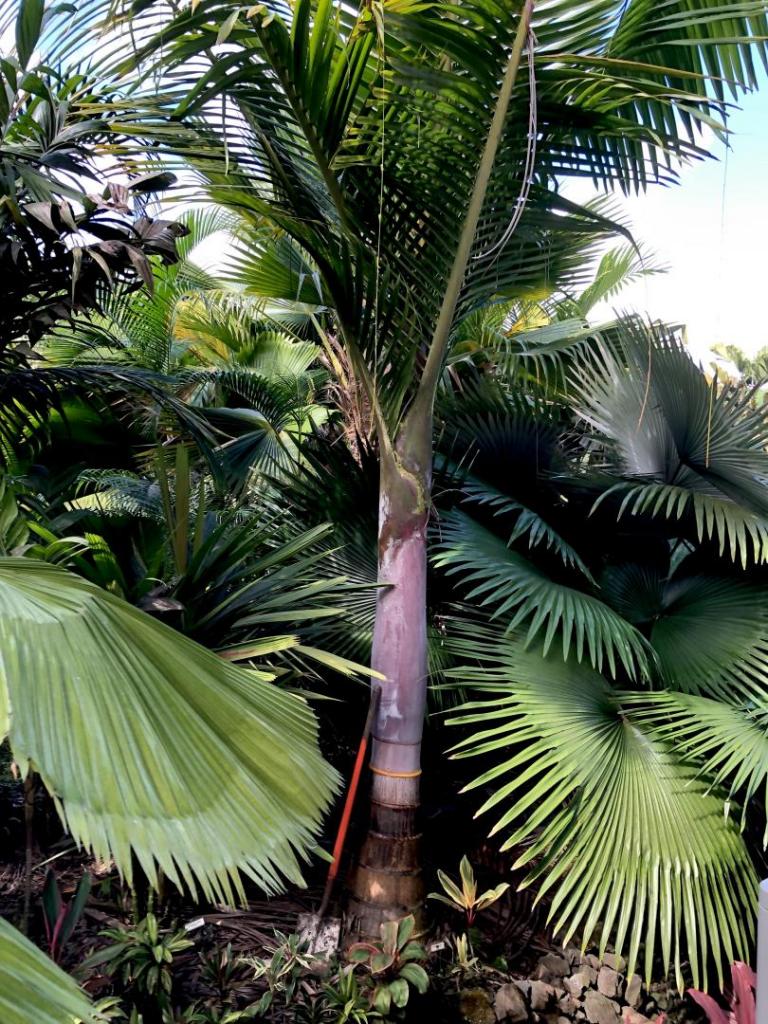
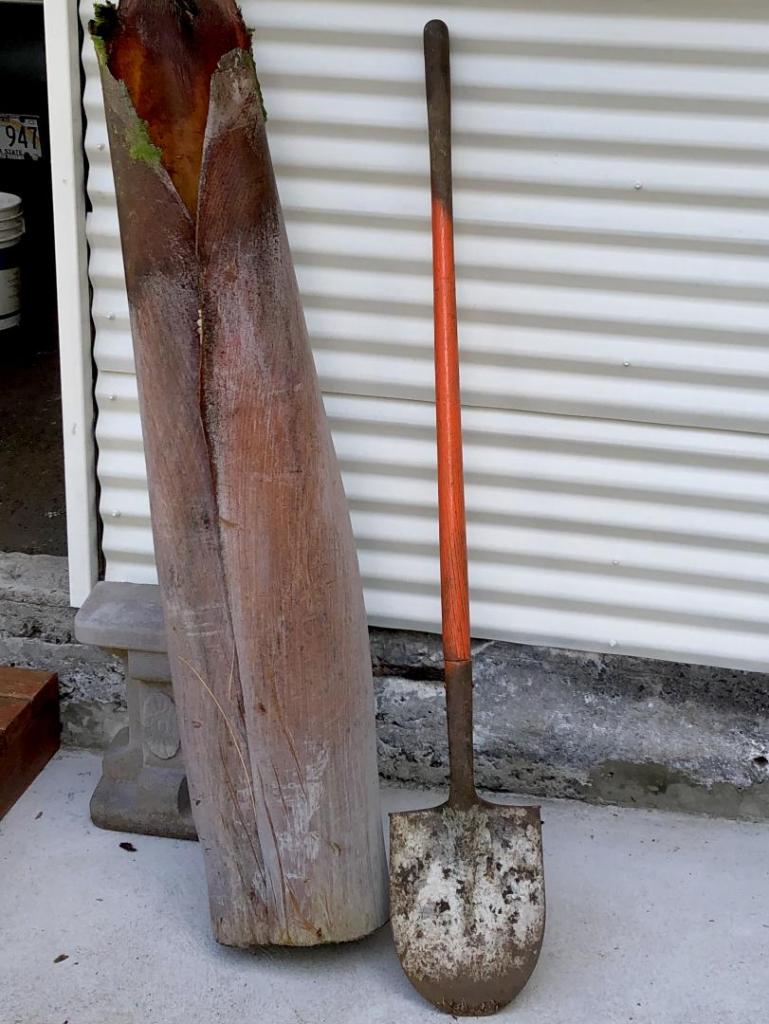
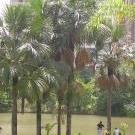
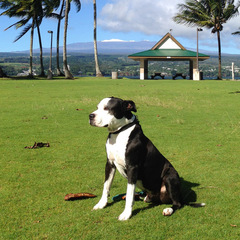

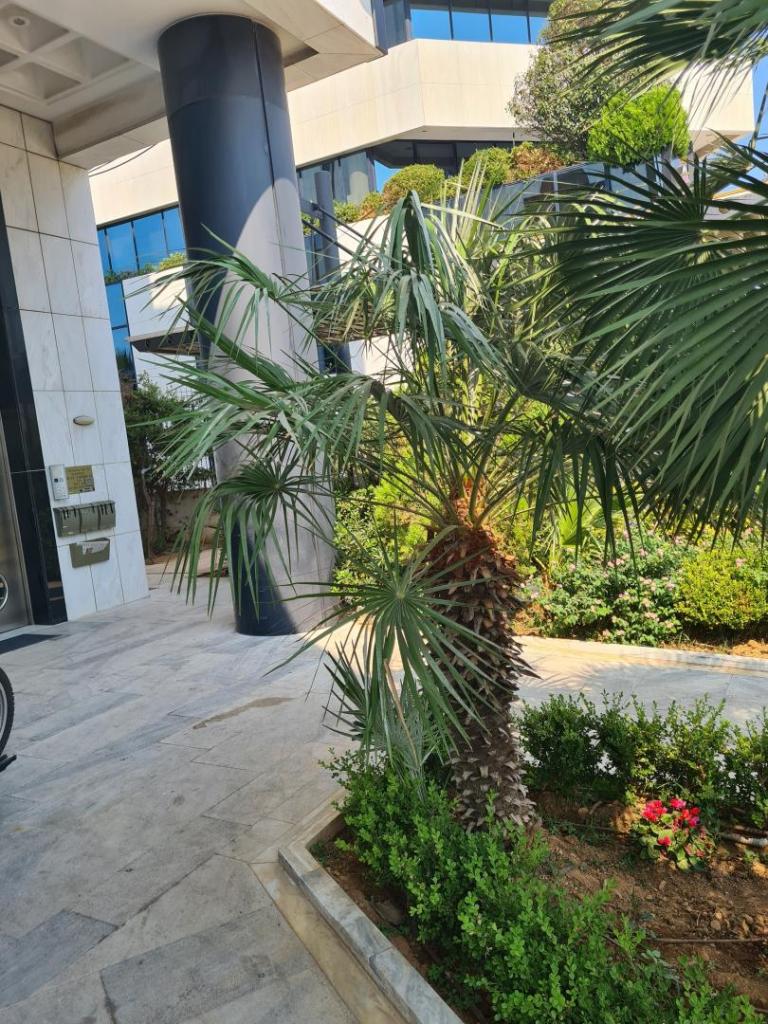
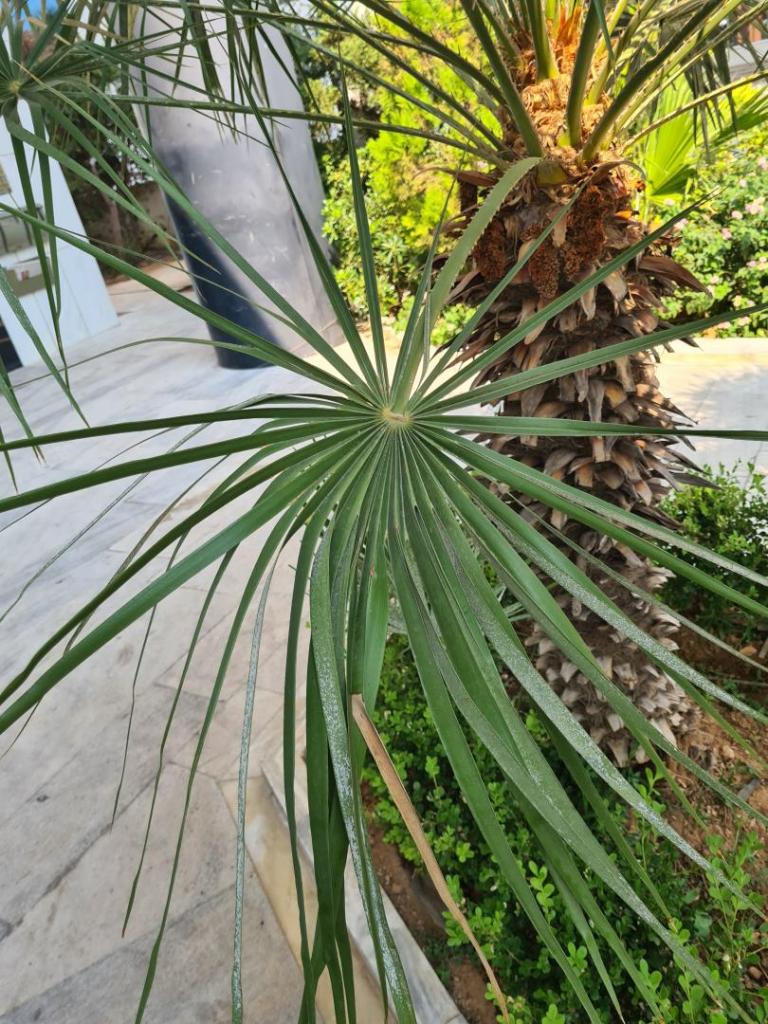







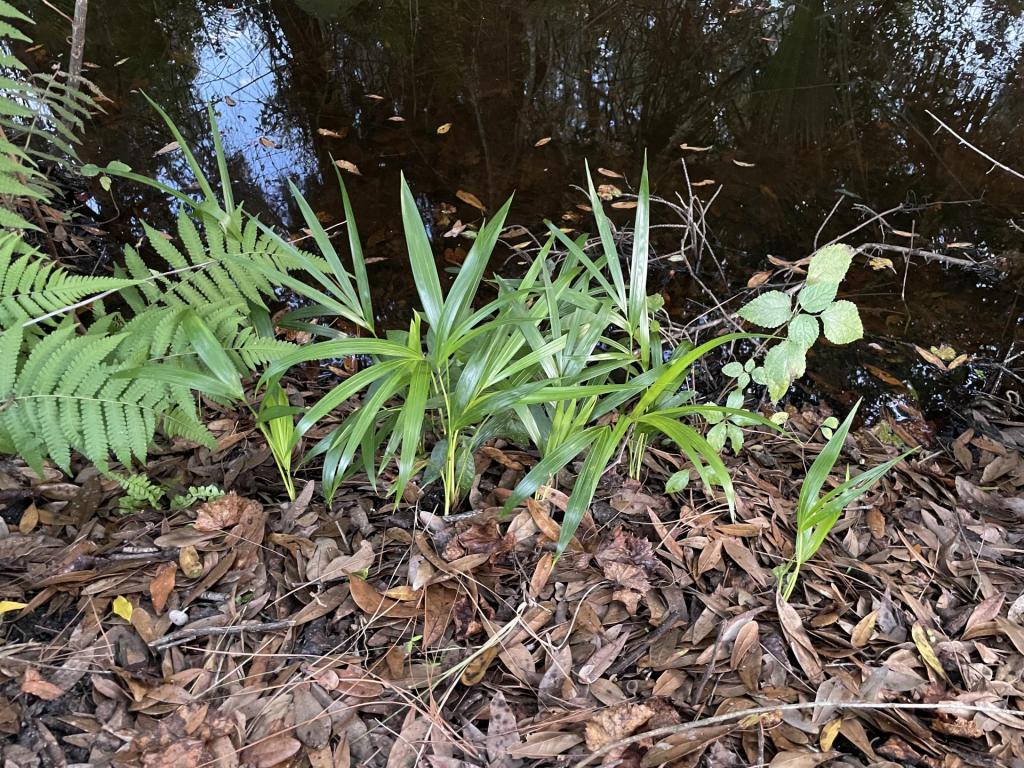
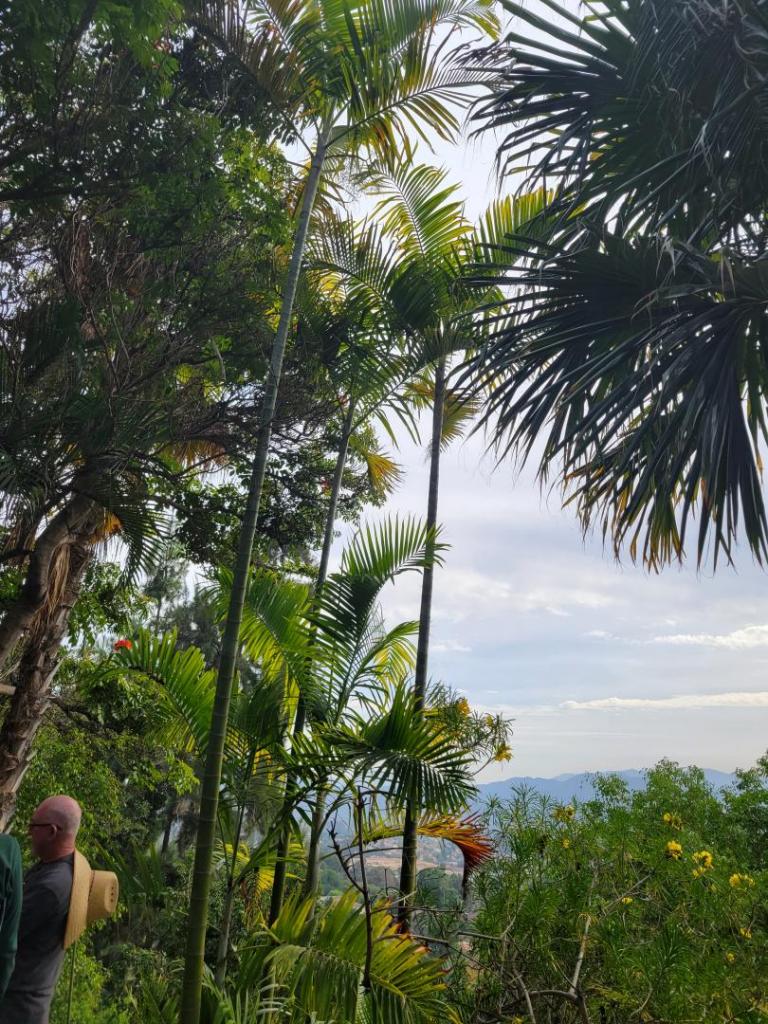


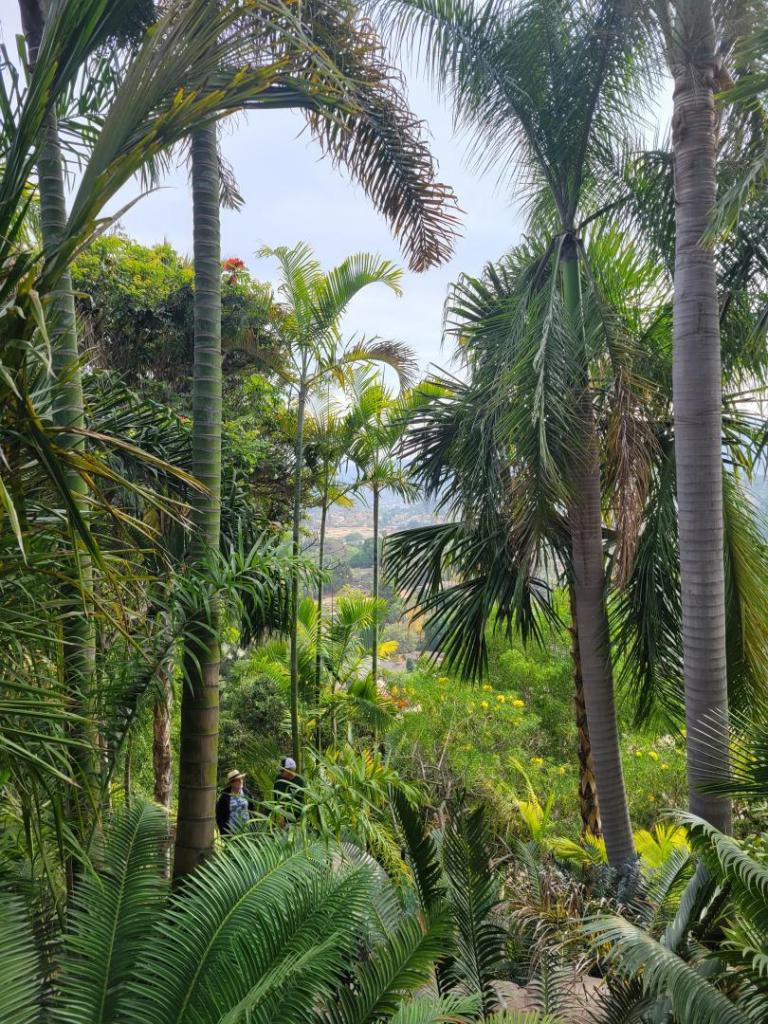
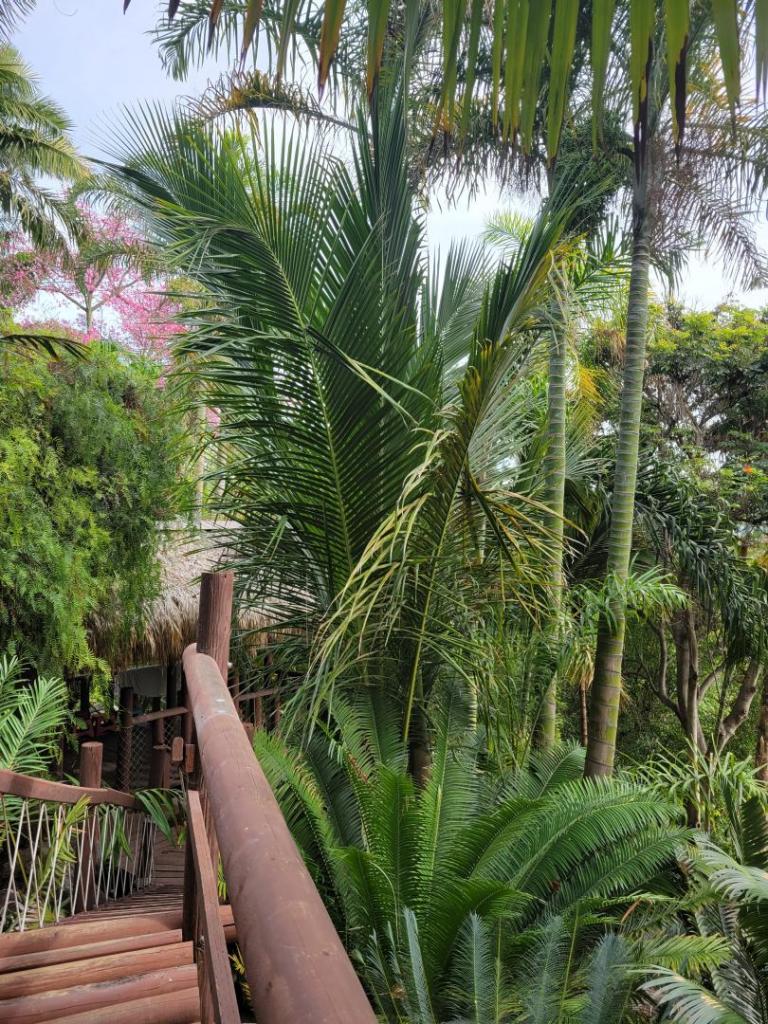




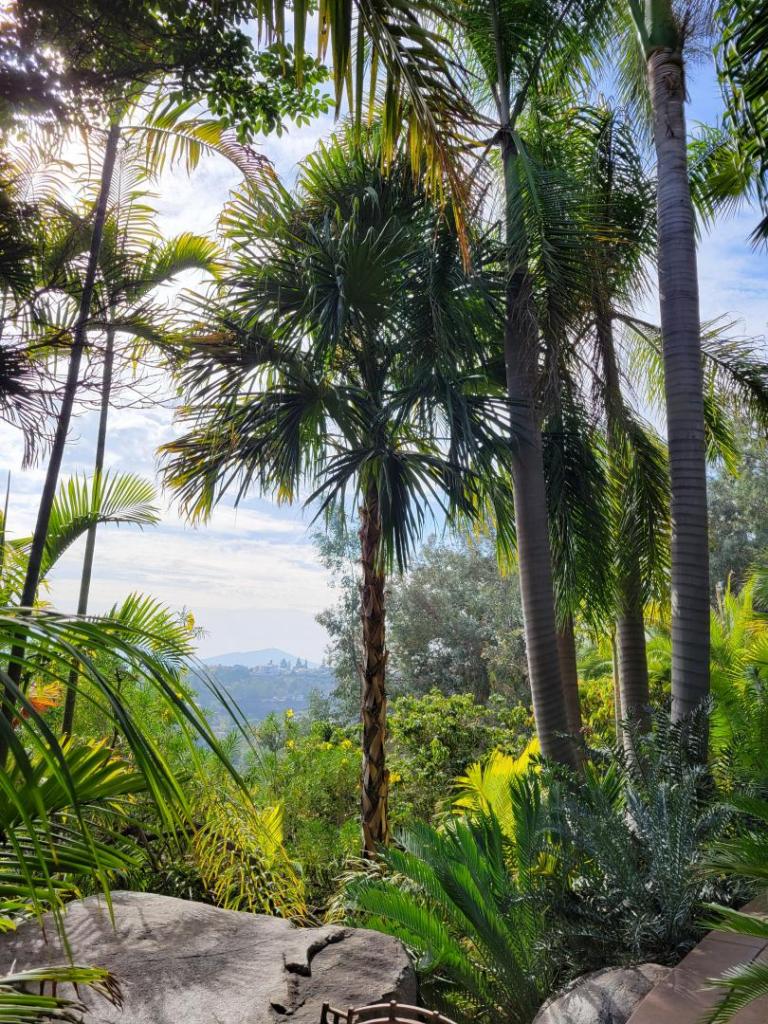

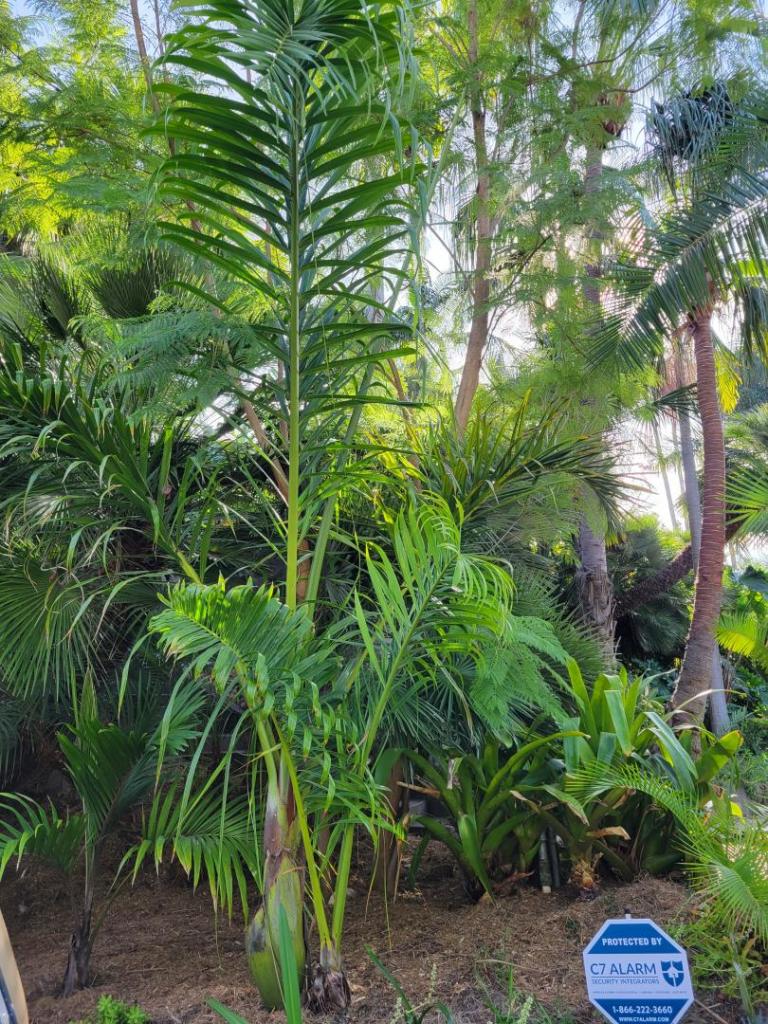
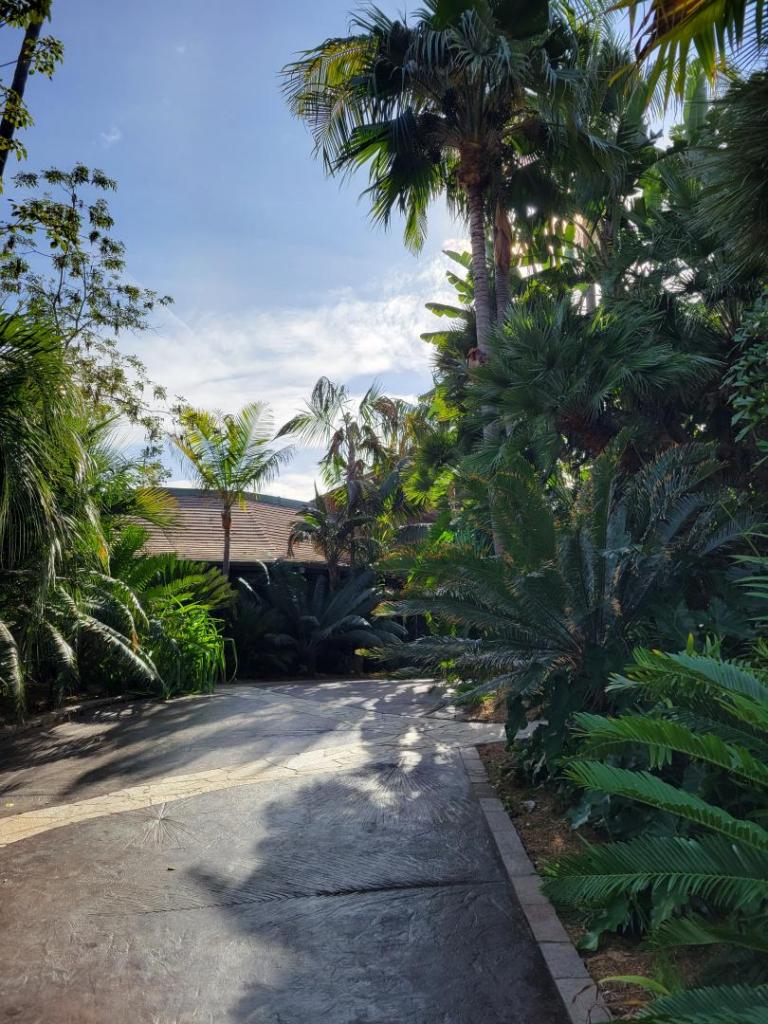

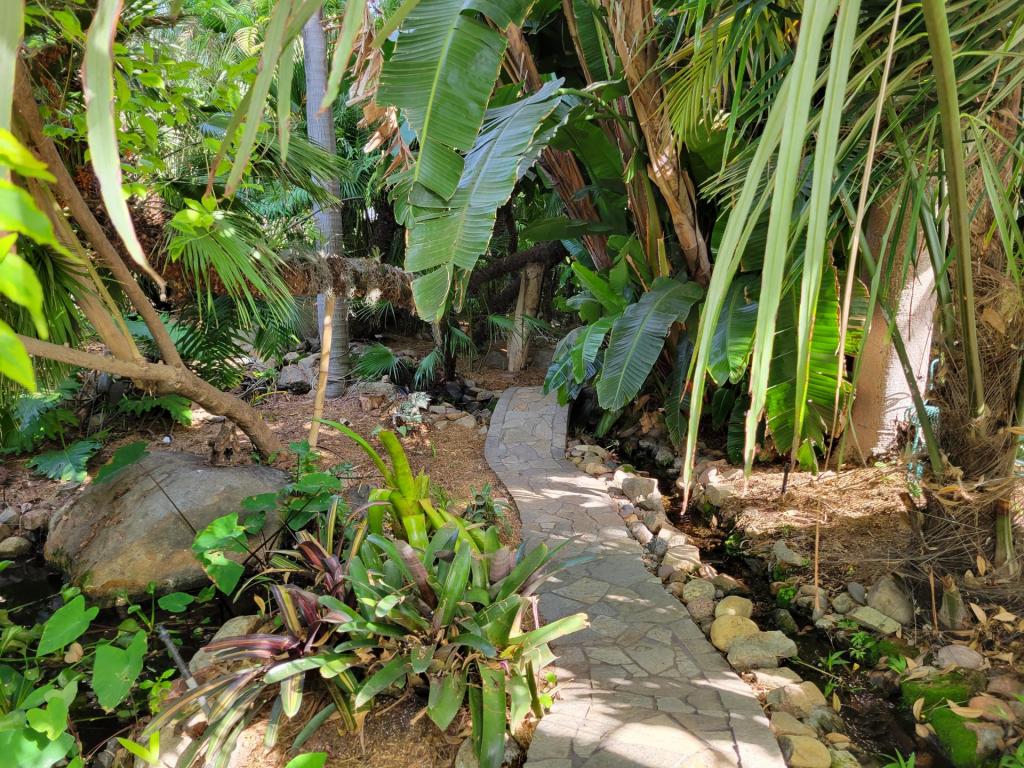


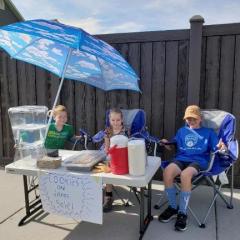

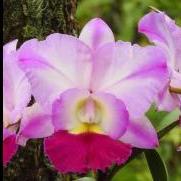
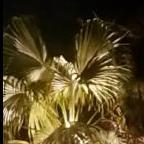
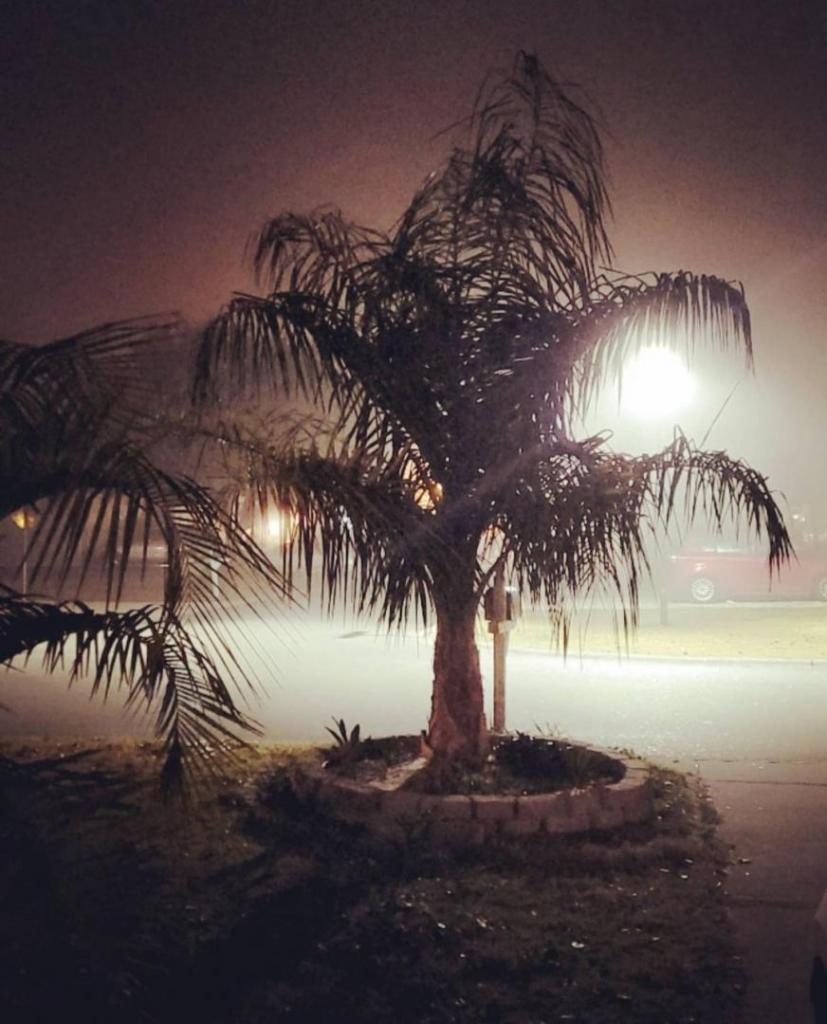
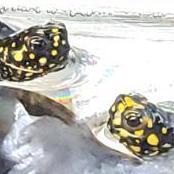
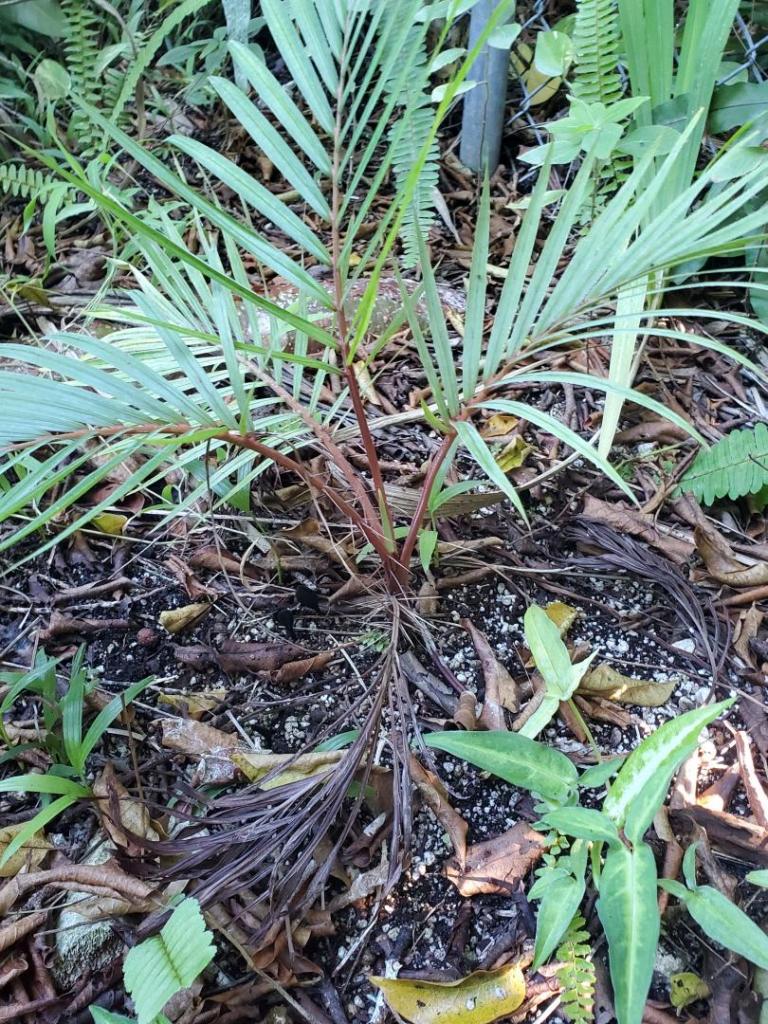
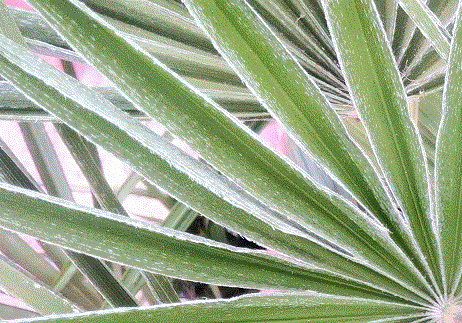



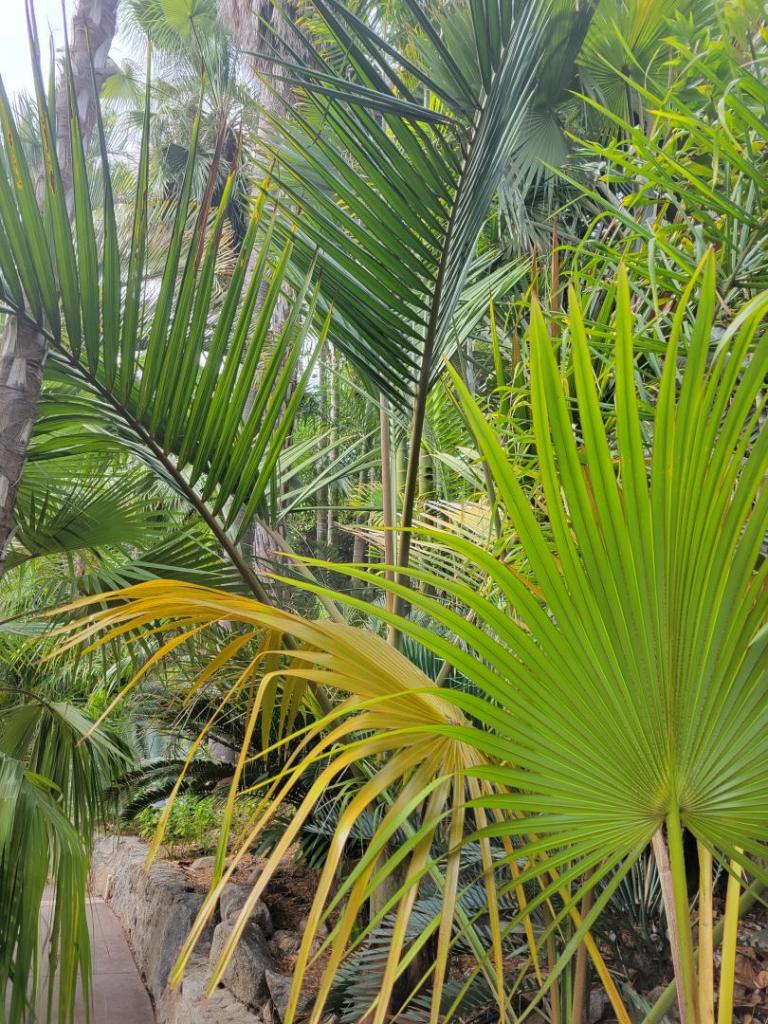
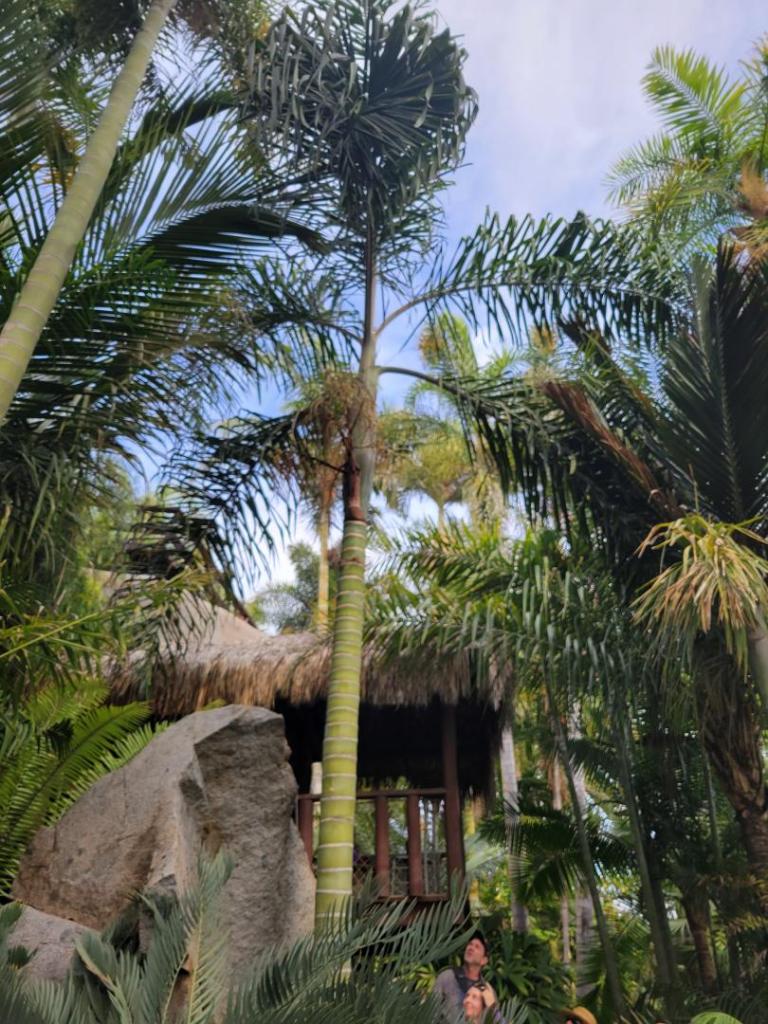


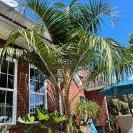


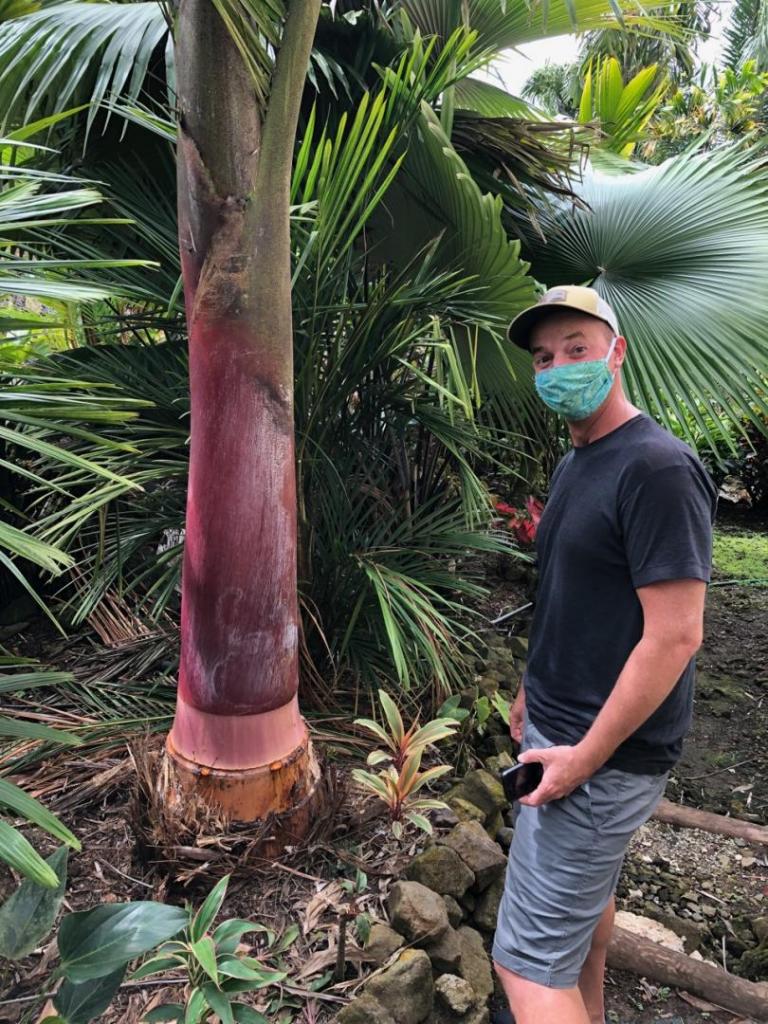


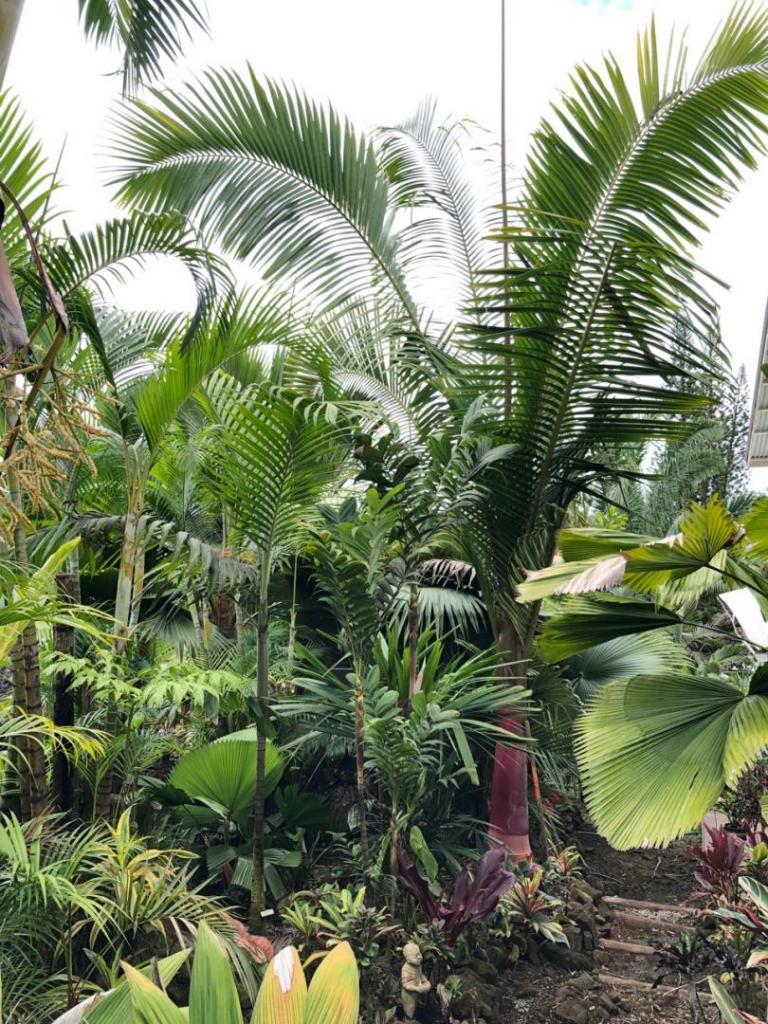
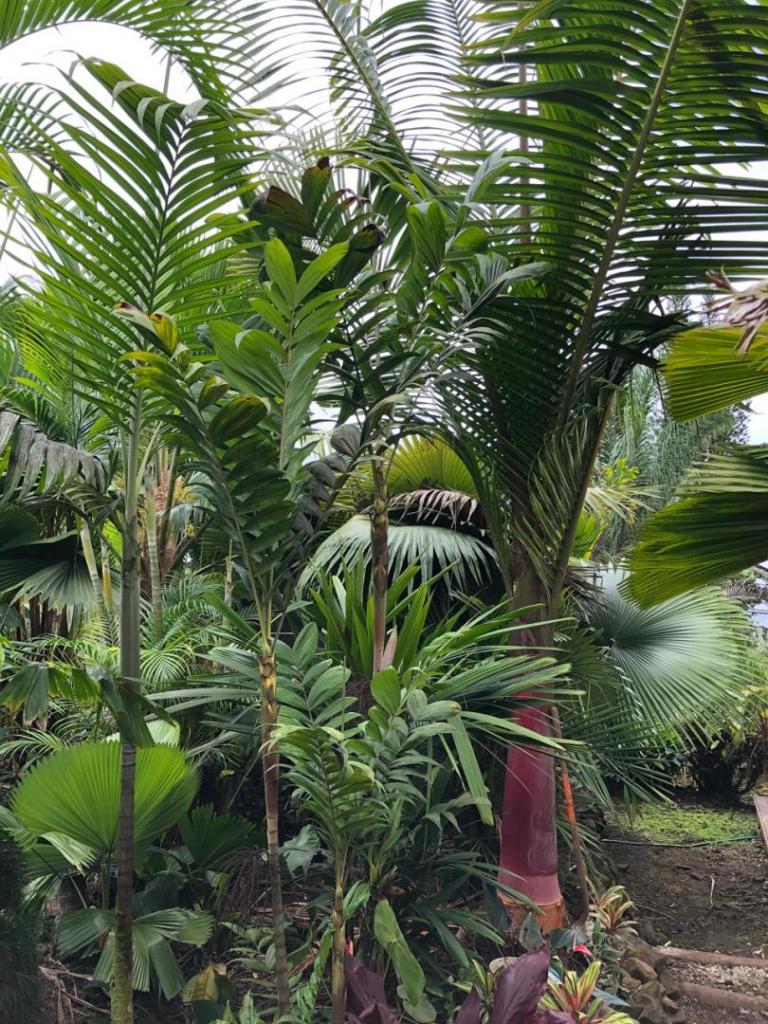
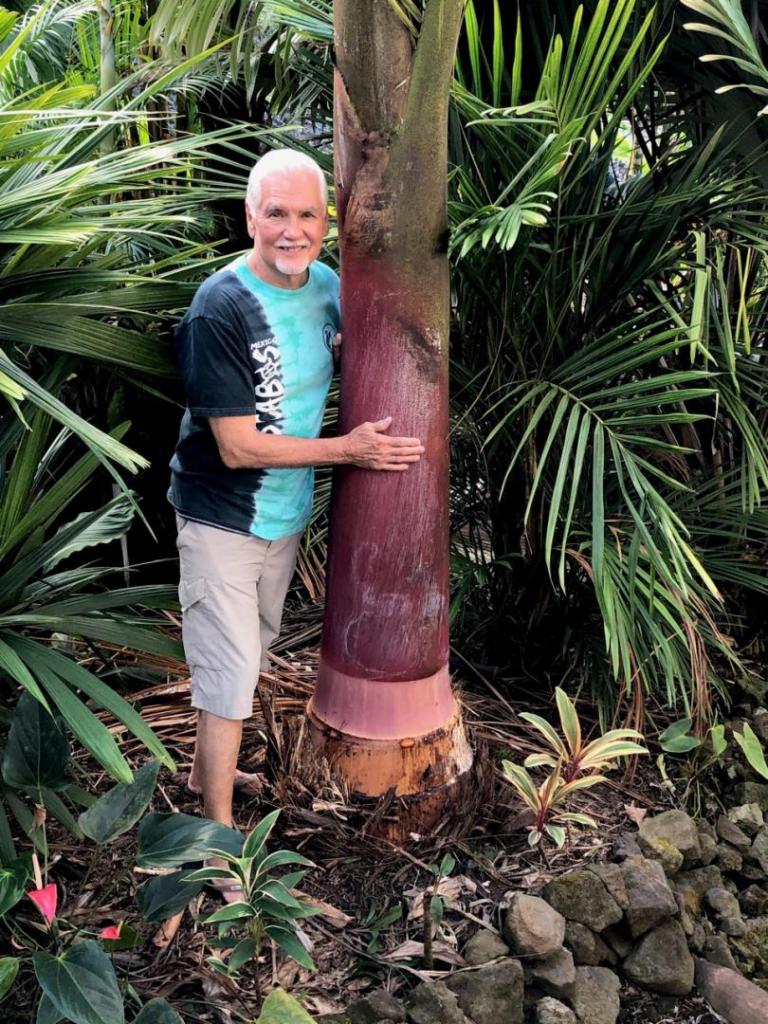


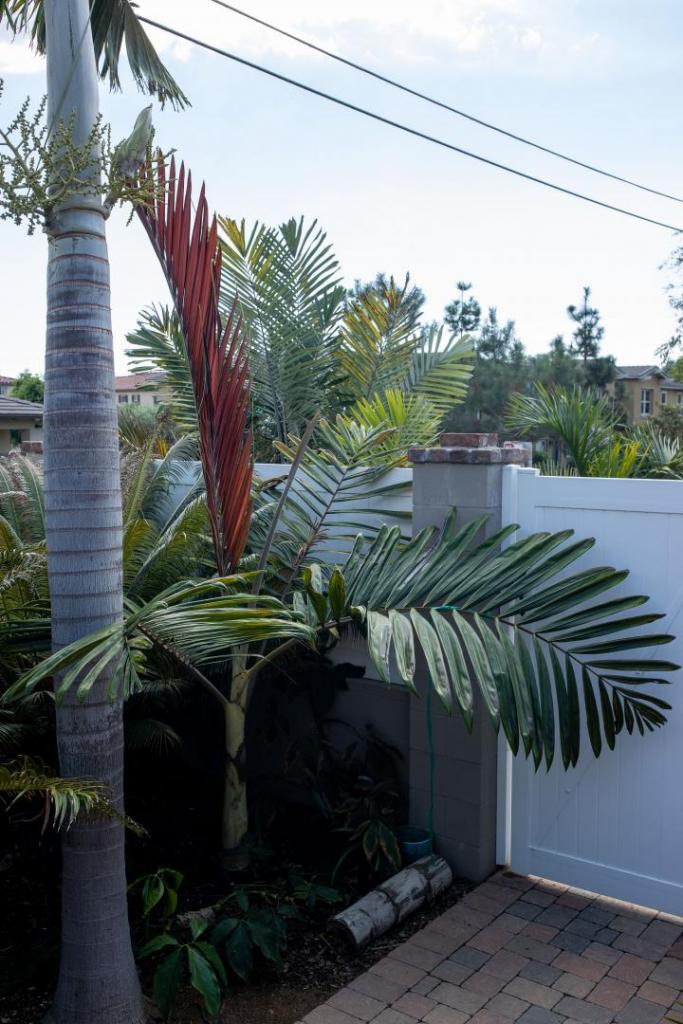

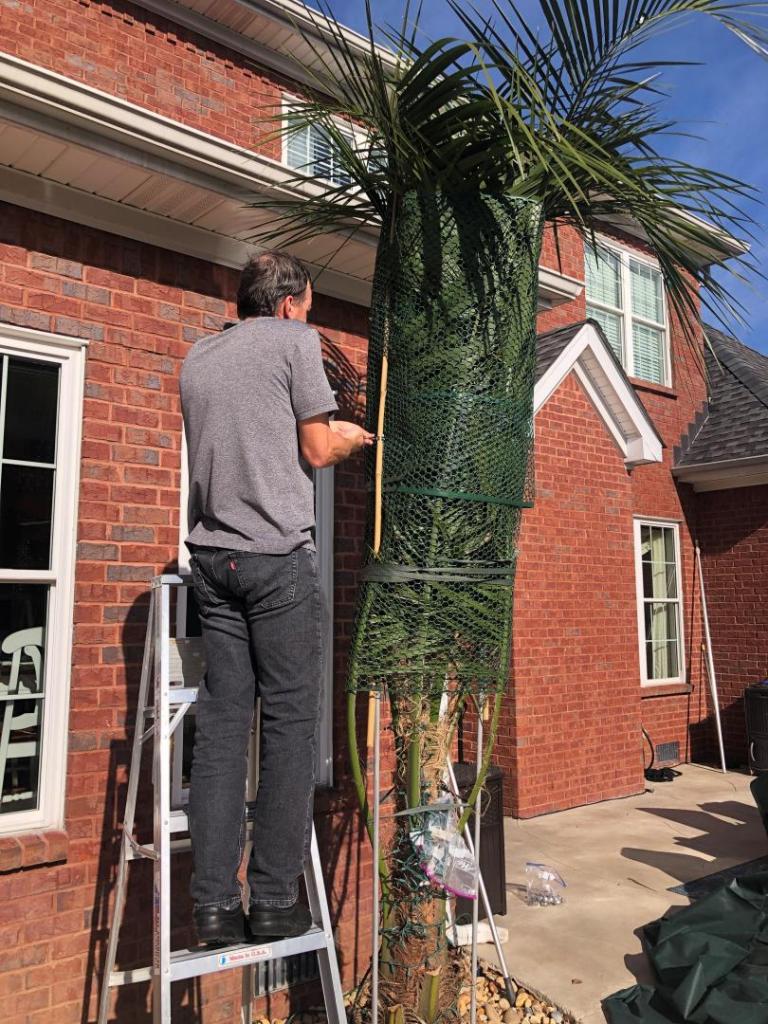

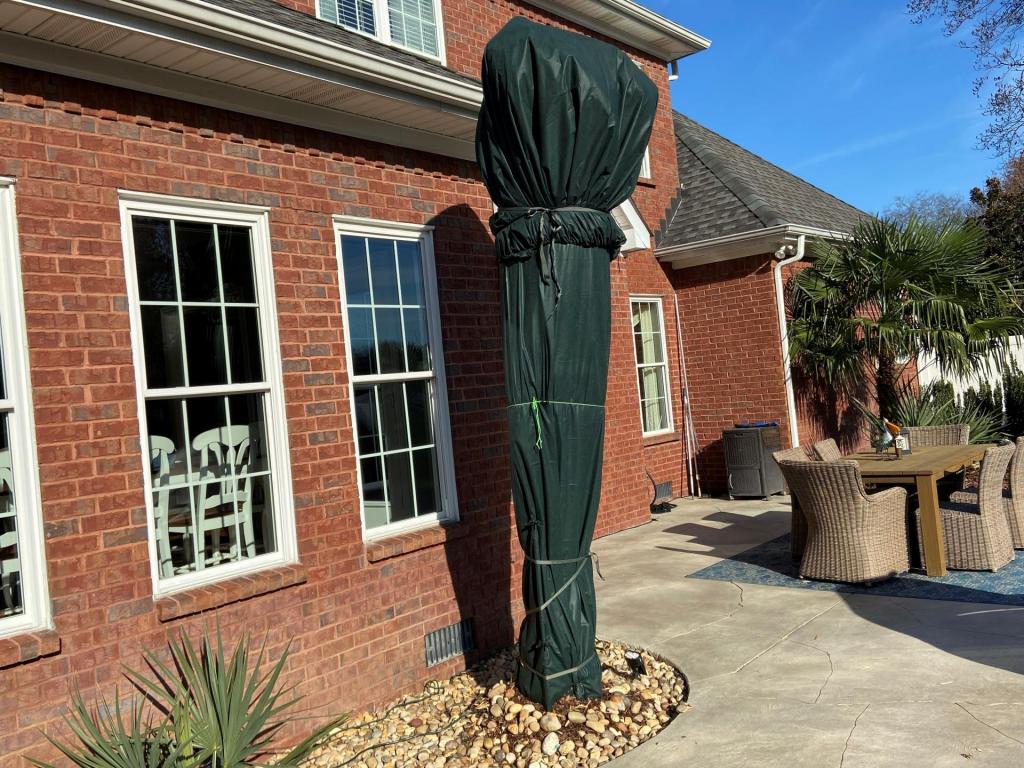




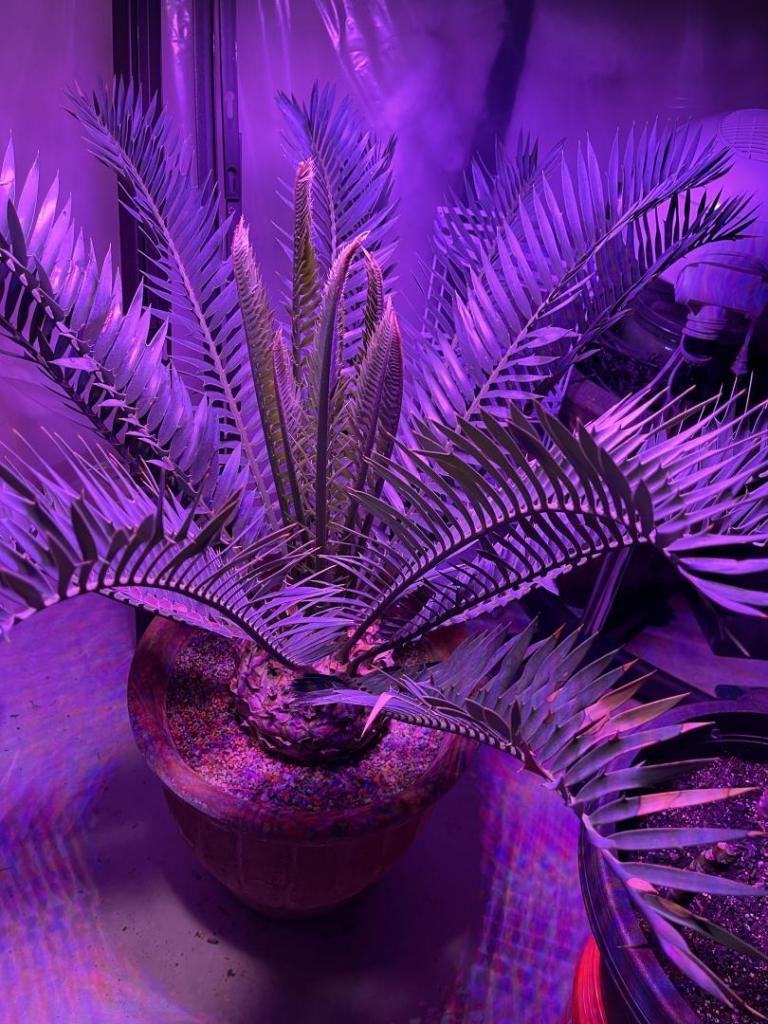
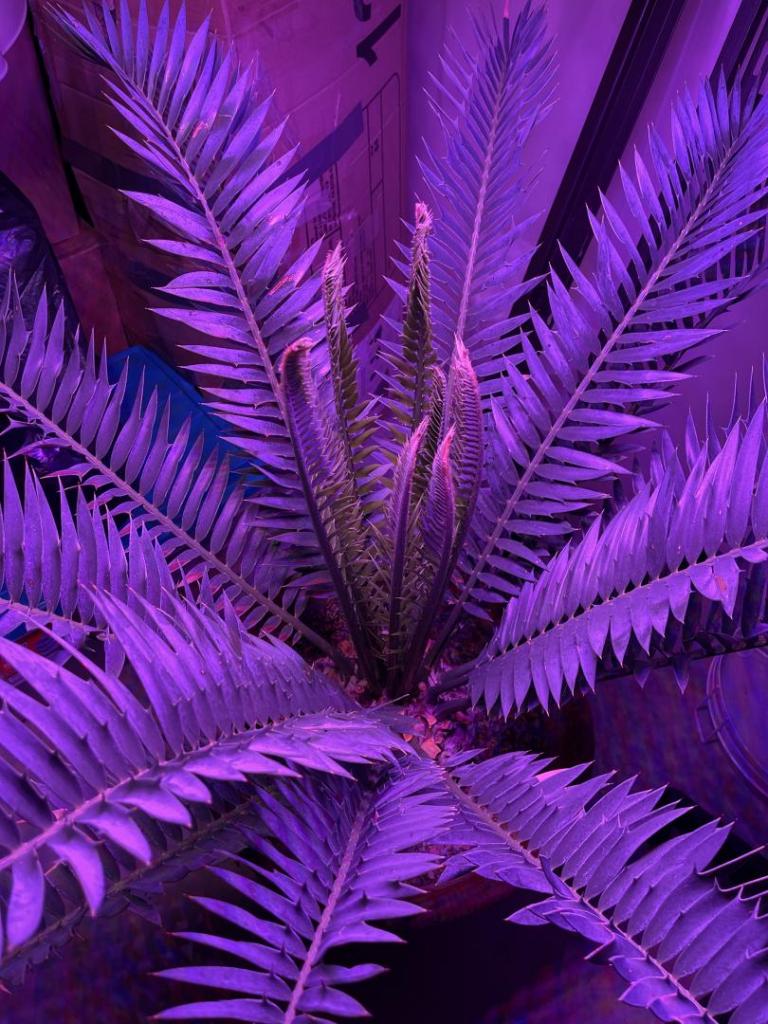
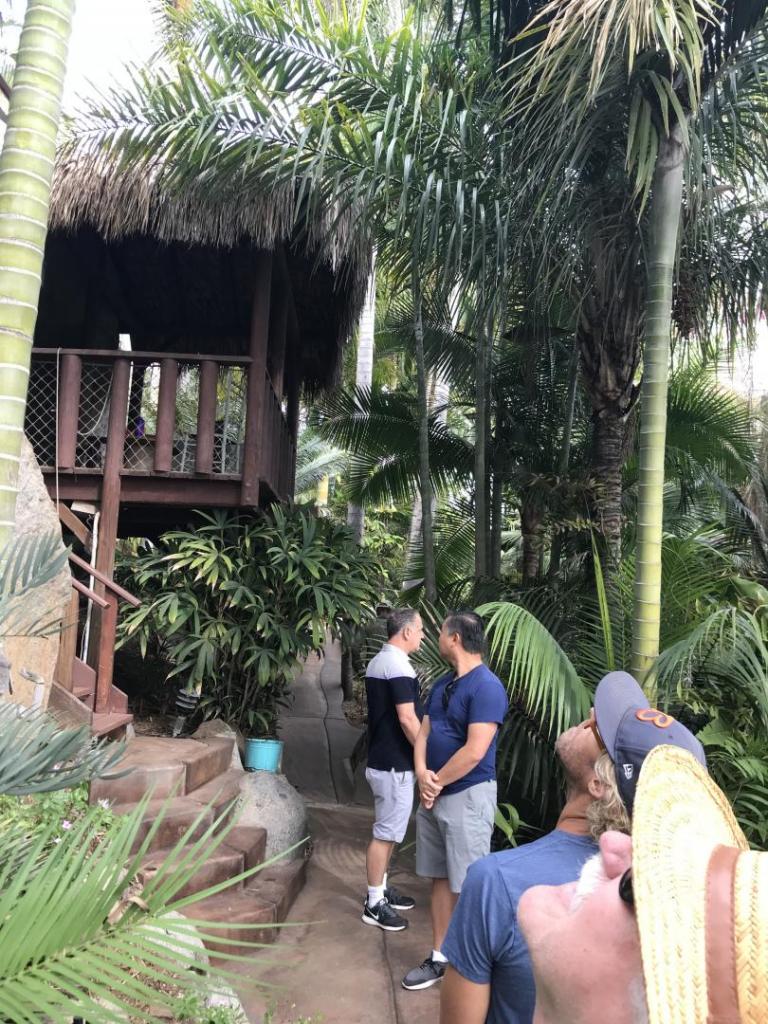
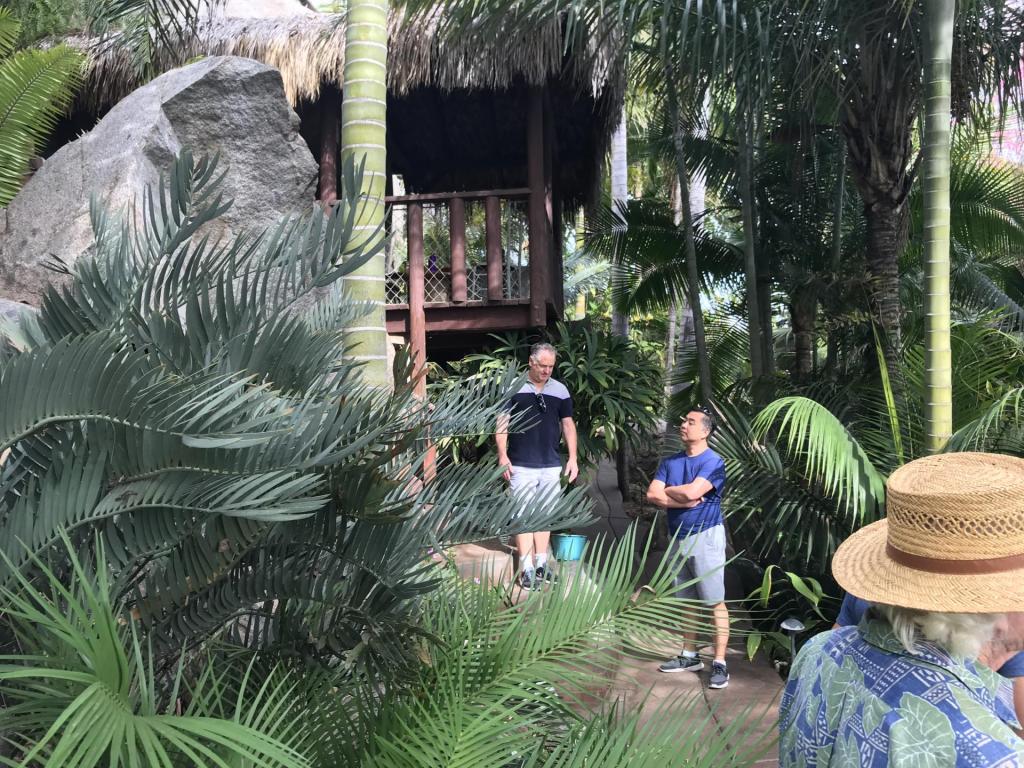


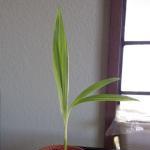




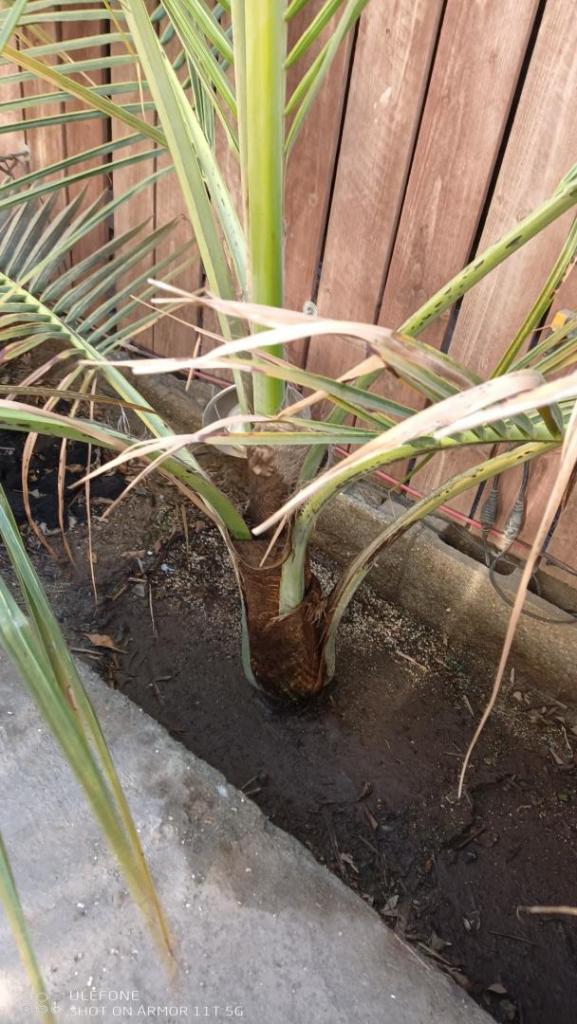
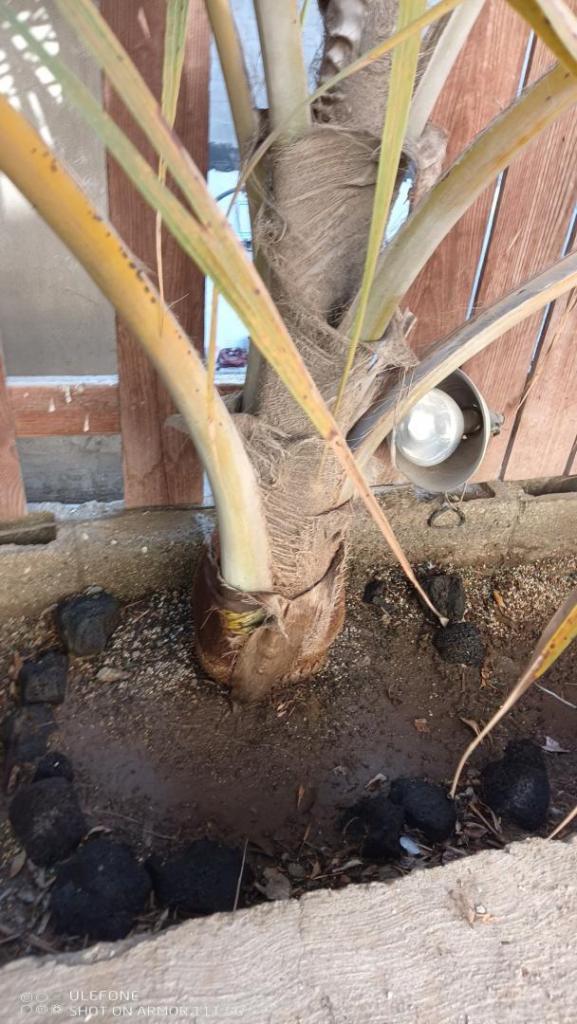
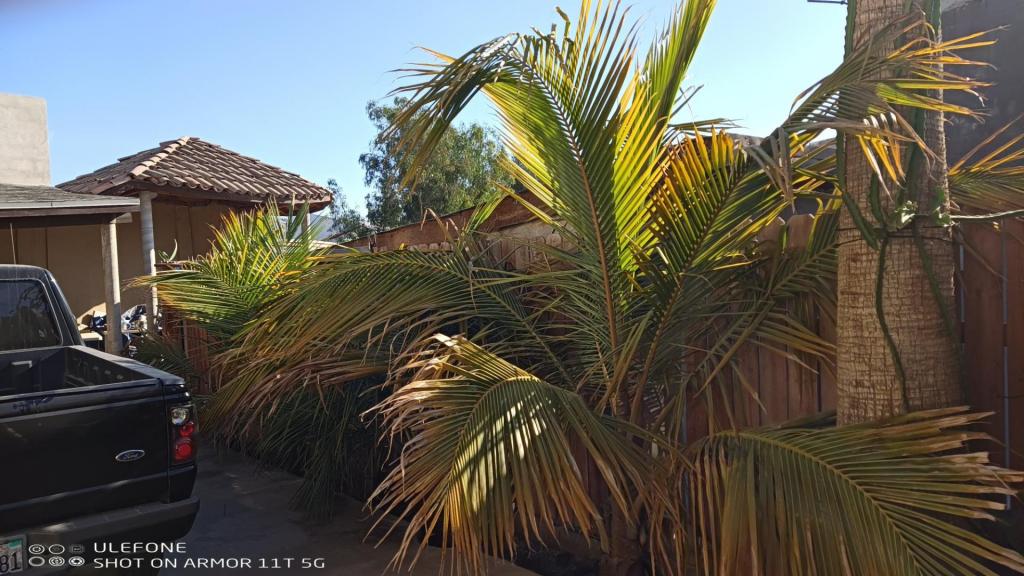
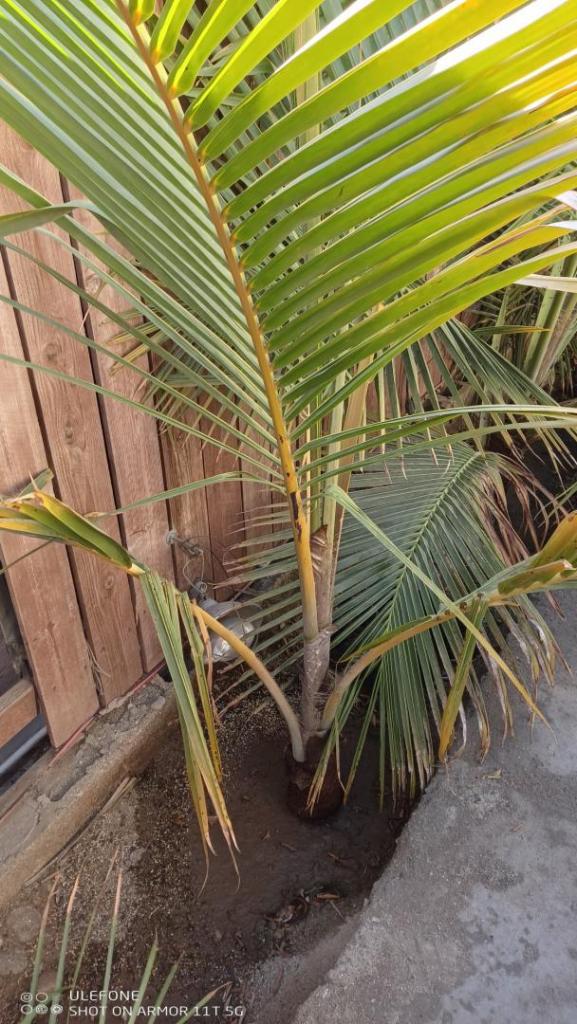

.jpg.7d1f41d4957e93b292325a80d7ced4f4.thumb.jpg.b19fa775c567e2deb70d86fcfc938ce0.jpg)
